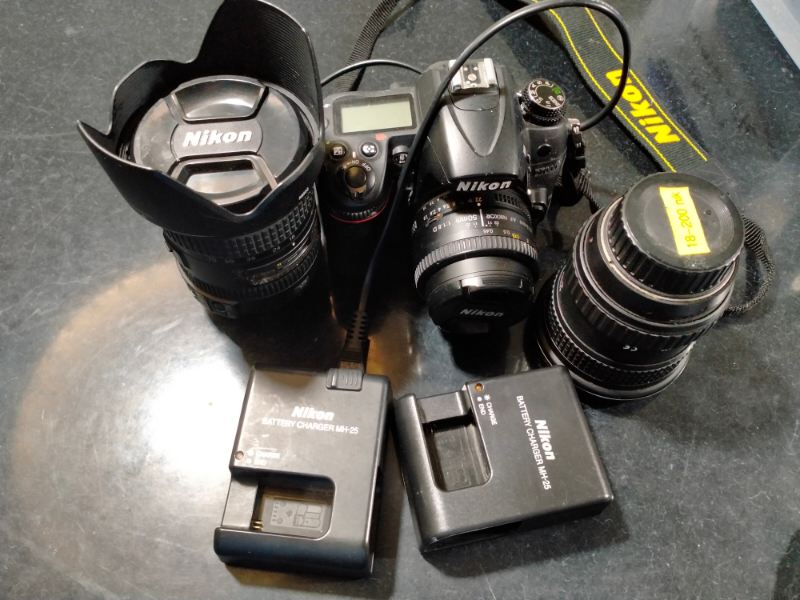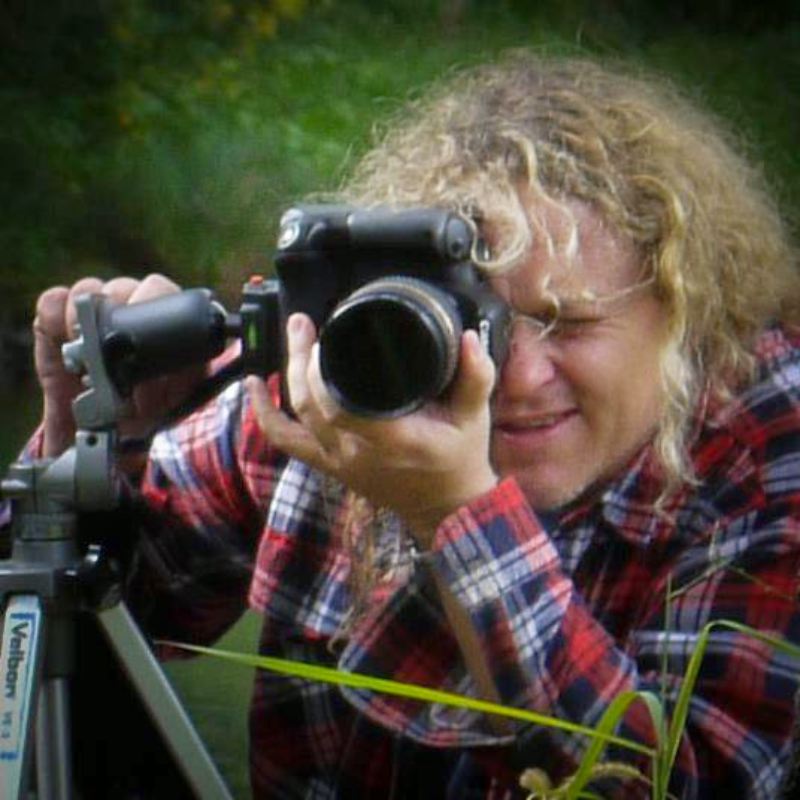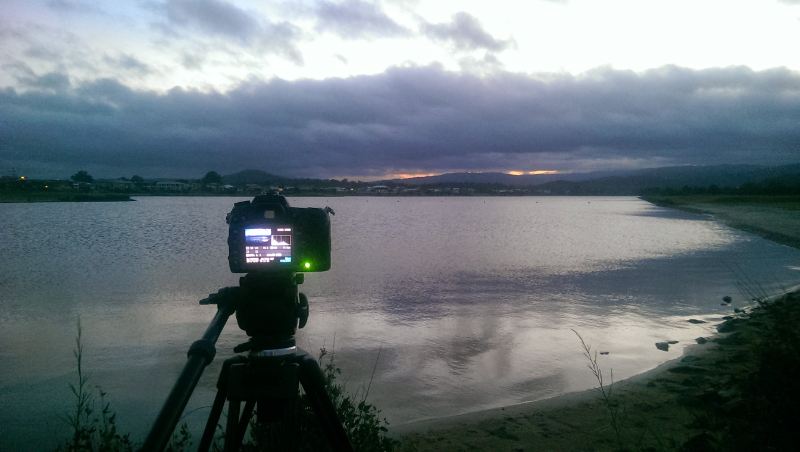Behind the Scene

Some of the gear used to produce my images
Camera:
- Full-frame or medium-format camera: For high image quality and resolution
- Interchangeable lens system: Allows for versatility in focal length
Lenses:
- Wide-angle lens (e.g., 14-24mm): Captures expansive vistas and creates a sense of depth
- Telephoto lens (e.g., 70-200mm): Isolates distant objects and compresses perspective
- Macro lens (e.g., 60mm or 100mm): Captures close-up details of landscapes
Tripod:
- Essential for sharp images, especially in low light or when using telephoto lenses
- Sturdy, stable design to minimize camera shake
- Adjustable height for different perspectives
Filters:
- Neutral density filter: Reduces light intensity, allowing for longer exposures or wider apertures
- Polarizing filter: Reduces glare and enhances contrast, especially for sky and water
- Graduated neutral density filter: Balances the brightness of different areas of the scene

Other Accessories:
- Remote shutter release: For hands-free shooting to prevent camera shake
- Lens hood: Blocks stray light and reduces lens flare
- Camera bag: Protects gear and allows for easy transportation
- Waterproof cover: Essential for protection in inclement weather
- Headlamp: For nighttime photography or working in low-light conditions
Additional Considerations:
- Weather resistance: Look for weather-resistant cameras and lenses for outdoor photography
- Image stabilization: Helps minimize camera shake and improves image quality
- Lens compatibility: Ensure your lenses are compatible with your camera system
- Consider your budget: High-quality gear can be expensive, so prioritize essential items and gradually expand your collection

Gear
Essential Equipment for Landscape Photography
In addition to a sturdy tripod, a high-quality lens is essential for landscape photography. A wide-angle lens with a focal length of 16-35mm is a good choice for capturing expansive landscapes, while a telephoto lens with a focal length of 70-200mm is ideal for capturing distant subjects or compressing the perspective.
A polarizing filter can help to reduce glare and reflections, and a neutral density filter can be used to darken the sky and balance the exposure. A graduated neutral density filter can be used to darken only the top or bottom of the frame, which can be useful for balancing the exposure in scenes with a bright sky.
- Wide-angle lens: Captures expansive vistas with a wide field of view.
- Telephoto lens: Brings distant subjects closer, enabling perspective compression and intimate compositions.
- Sturdy tripod: Ensures sharp images during low-light conditions or when using slow shutter speeds.
- Polarizing filter: Reduces reflections, enhances contrast, and brings out vibrant colors and details.
